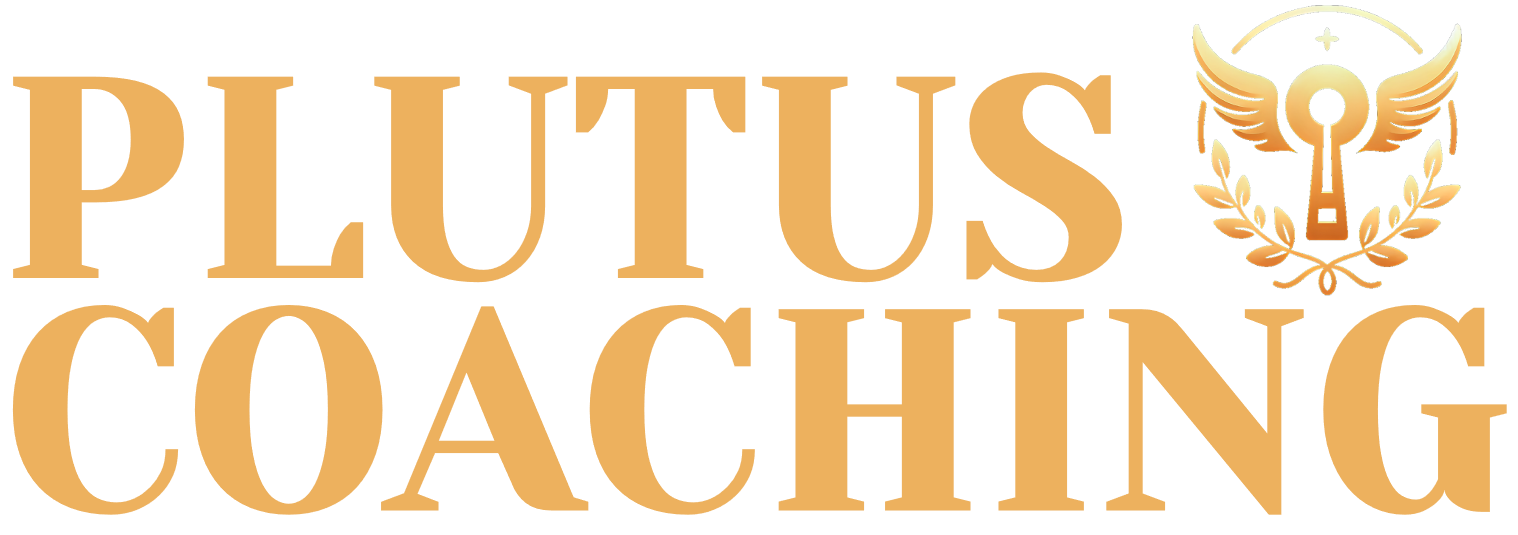As an HR professional with years of experience reading resumes, I want to talk about something that makes job seekers nervous: gaps in your work history.
Let’s be clear: having a gap on your resume is normal. Nearly half of all workers have one. People take breaks for family, for health, to go to school, or simply because they were laid off. A gap does not make you a bad candidate.
Here’s the secret: The gap itself is not the problem. The unexplained gap is.
Why a Blank Space is Your Biggest Mistake
When a recruiter scans a resume—which they do in about 30 seconds—a blank timeline is a red flag. It’s a void. And recruiters are trained to fill that void with their worst assumptions:
“Were their skills getting rusty?”
“Are they not motivated to work?”
“Will they be reliable?”
It’s not fair, but it’s real. A study from LinkedIn found that 51% of hiring managers are more likely to contact a candidate who provides context for their break. They don’t mind the break; they mind the silence.
Your job isn’t to hide the gap. Your job is to control the story by filling that silence with something positive.
The Resume Format That Recruiters Hate
Before we get to the solution, let’s stop the number one mistake. Many people try to hide a gap by using a functional resume.
This format focuses on a big list of skills at the top and hides your work timeline at the bottom. It seems clever, but recruiters see it and immediately think, “What are they hiding?”
It’s a huge red flag. It breaks trust. Even worse, the computer systems (called Applicant Tracking Systems, or ATS) that first read your resume often can’t understand this format and may reject your application before a human ever sees it.
What to use instead: Stick to a reverse-chronological resume. It’s the standard format that lists your jobs from newest to oldest. It’s trusted by recruiters and computers. Yes, it shows the gap, but we’re not going to leave it blank.
How to Turn Your Gap into an Asset: 3-Strategies
Instead of a blank space, we’re going to fill it with a “Productive Gap” entry. You’ll format this entry just like a job, placing it in your “Professional Experience” section.
Strategy 1: Show You’ve Been Learning (Upskilling)
This reframes your time off as a period of professional growth. Did you take online courses, get a certification, or attend workshops?
What to list: Focus on 3-5 courses that are relevant to the job you want. Think about high-demand certifications, like the Project Management Professional (PMP), AWS (for tech), or Google’s professional certificates.
How to list it: You can create a “Professional Development” section or, for a long gap, add it to your “Experience” section.
Example Entry:
Professional Development Sabbatical | Anytown, USA | 2023 – 2024
Took a planned career break to gain new skills in data analysis.
Completed the Google Data Analytics Professional Certificate, mastering skills in SQL, R, and Tableau.
Achieved Certified ScrumMaster (CSM) designation to build expertise in agile project management.
Strategy 2: Become a “Consultant” (Freelance Work)
This is often the most powerful strategy because it removes the gap completely. If you did any project work, part-time gigs, or freelance jobs, you weren’t “unemployed”—you were a consultant.
Group all this work under one job title.
Title: “Freelance Web Developer,” “SEO Consultant,” or “John Doe Consulting.”
Dates: This is the key. Use the entire span of the work (e.g., “2023 – Present”).
Why this works: The ATS (the computer) is often set to filter out anyone who isn’t currently employed. By listing “Present” as your end date, you pass that filter. The human recruiter then sees an active, in-demand professional, not a gap.
Example Entry:
Freelance Marketing Consultant | Anytown, USA | 2023 – Present
Provide SEO and content strategy consulting for small businesses.
Key Projects:
Developed a new content strategy for a tech startup, leading to a 40% increase in organic traffic.
Optimized 50+ product pages for an e-commerce client, improving average keyword rankings.
Strategy 3: Use Your Unpaid Work (Volunteering)
This is perfect for long-term gaps, especially due to caregiving. The mistake is listing this in a “Volunteer” section at the bottom. Put it in your main “Professional Experience” section.
Format it like a job. Focus on the transferable skills you used. “Managing a household budget” is budget management. “Organizing a school fundraiser” is project management and fundraising.
Example Entry:
Community Lead & PTA Treasurer | Anytown, USA | 2022 – 2024
Managed a $5,000 annual budget for the PTA, handling all financial reporting and vendor payments.
Led a team of 10 volunteers to organize a charity event, exceeding fundraising goals by 20%.
Coordinated all event logistics, including scheduling, marketing, and community outreach.
Quick Guide: Which Strategy is Best for You?
Here is a simple table to help you decide which strategy to use.
Strategy | Best For… | Recruiter Perception | How it Helps with Computers (ATS) |
|---|---|---|---|
1. Upskilling | Career changers; Gaps for study. | Shows initiative and that your skills are current. | Fills the timeline visually. |
2. Consultant Model | Anyone with sporadic projects; Filling any gap. | Very high. Shows you are proactive and in-demand. | Very High. Lets you use “Present” as an end date. |
3. Volunteering | Caregivers; Long-term gaps; Community leaders. | High. Shows strong soft skills (leadership, budgeting). | Fills the timeline with professional keywords. |
What About the LinkedIn “Career Break” Feature?
You may have seen LinkedIn’s “Career Break” feature. My advice? Don’t use it.
Here’s why: Recruiters search LinkedIn using filters for job titles and active roles. The official “Career Break” feature is not an active role and can make your profile invisible in these searches.
The better way: Use the same 3 strategies from above. Go to your “Experience” section on LinkedIn, click the “+” button, and add your “Freelance Consultant” or “Professional Development Sabbatical” entry. This keeps you visible and provides context.
Your 3-Step Plan for Talking About Your Gap
Your resume is just step one. You need a consistent story for your cover letter and interview.
1. On the CV / Resume:
Action: Fill the gap using one of the 3 strategies above. Don’t leave a blank.
2. In the Cover Letter:
Action: Only mention the gap if it’s longer than six months.
How: Keep it to 1-2 positive, future-focused sentences.
Example: “After stepping away from my previous role to serve as a full-time caregiver, I am now eager to bring the skills I honed in organization and problem-solving back into a professional setting.”
3. In the Interview:
Action: You will be asked about it, so be prepared. Rehearse a 30-second answer.
The 3-Part Answer:
Be Honest & Brief: “My position was eliminated in a company restructuring.” or “I took time off to care for a family member.”
Highlight Growth: “During that time, I used the opportunity to complete my PMP certification.”
Pivot to the Future: “I’m now excited to apply those new skills and return to the work I enjoy.”
The goal is to sound confident and positive, not apologetic.
Final Checklist: The “Don’t Do” List
Finally, please avoid these common mistakes:
DON’T Lie. Never invent jobs or change employment dates. A background check will find it, and you will lose the offer.
DON’T Overshare. You can say “I took a break to resolve a personal health matter.” You do not need to share the details. Keep professional boundaries.
DON’T Use a Functional Resume. I’m saying it again because it’s that important.
DON’T Leave Gaps Unexplained. This is the original sin. Control the narrative!
A gap in your resume is not a career-ender. It’s a normal part of a long career. By framing it confidently and professionally, you show employers that you are an organized, motivated, and strong candidate ready for the next step.





